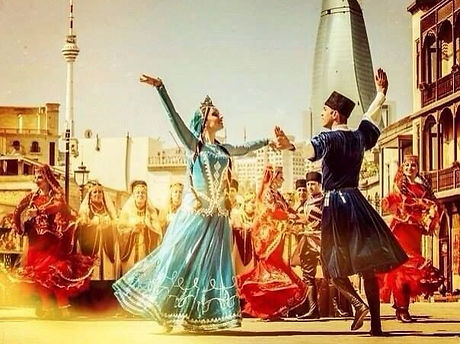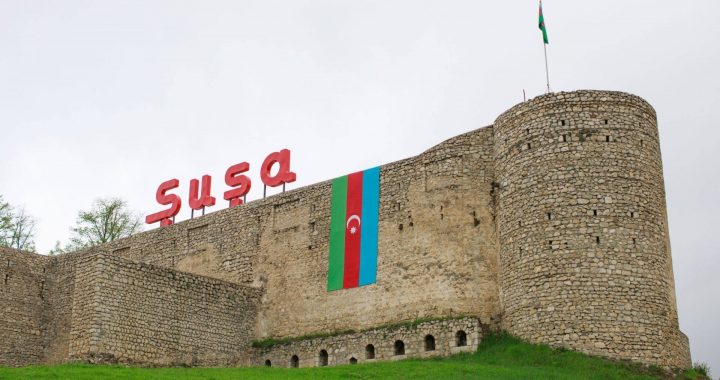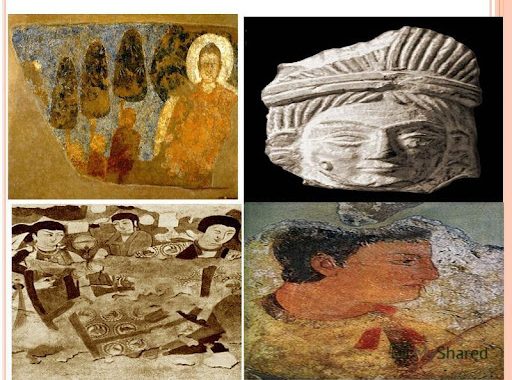Folklore, music and literature of Azerbaijan

Azerbaijani Folklore
Azerbaijani folklore is a creative expression of the local values of courage, wisdom, kindness, respect for nature and national pride. Some of the earliest legends of Azerbaijan have survived only through ritual performances, while other folklore has been delivered to us through poems and epics. The latter have remained a central genre in Azerbaijani traditional folklore, as seen through famous works such as Oguzname, Epic of Koroghlu and Book of Dede Korkut. Local minstrels called ashugs played a central role in the preservation of epics, which helped to solidify Azerbaijani beliefs. Traditional folklore found further expression in bayati, short but passionate oral poems consisting of four lines containing seven syllables each. Bayati often took the form of folk wisdom and were traditionally presented by female poets.
Azerbaijani Music and Dance
Azerbaijani music and dance are some of the most expressive forms of local art, having been perfected over the course of 4,000 years. The most defining feature of Azerbaijani music is mugham, an improvisational musical form expressed through alternating vocal and instrumental parts which is inscribed on the UNESCO Intangible Heritage List and celebrated annually at the World of Mugham Festival. In Azerbaijan, beautifully choreographed and emotionally-charged dances go hand-in-hand with music and are even depicted among the petroglyphs of Gobustan. Female dances such as the asma kasma wedding dance are slower and noted for their seamless motions and exaggerated use of the head and hands. In contrast, men’s performances such as the martial arts-based gangi rely on speed, jumps and regular, rapid movement of the legs.
Azerbaijani Literature
Azerbaijani literature has been preserved through oral and written traditions. Oral folklore developed under the influence of the Turkic mentality, while written literature was formed in the Middle Ages under distinct Persian and Arabic influence. During the Soviet era, many Azerbaijani authors were forced to become mouthpieces for Soviet propaganda, yet after Stalin’s death writers were once again at liberty to branch out in new directions. Today, one of the most widely-recognized pieces of Azerbaijani literature is Ali and Nino: A Love Story, which was first published in 1937 under the pseudonym Kurban Said and has now been translated into over 30 languages. Yet the most acclaimed writer in Azerbaijani history remains the brilliant 12th-century poet Nizami Ganjavi, whose legacy is widely celebrated in the country.
Ulug‘bek ALIMOV,
www.turkona.uz muxbiri






